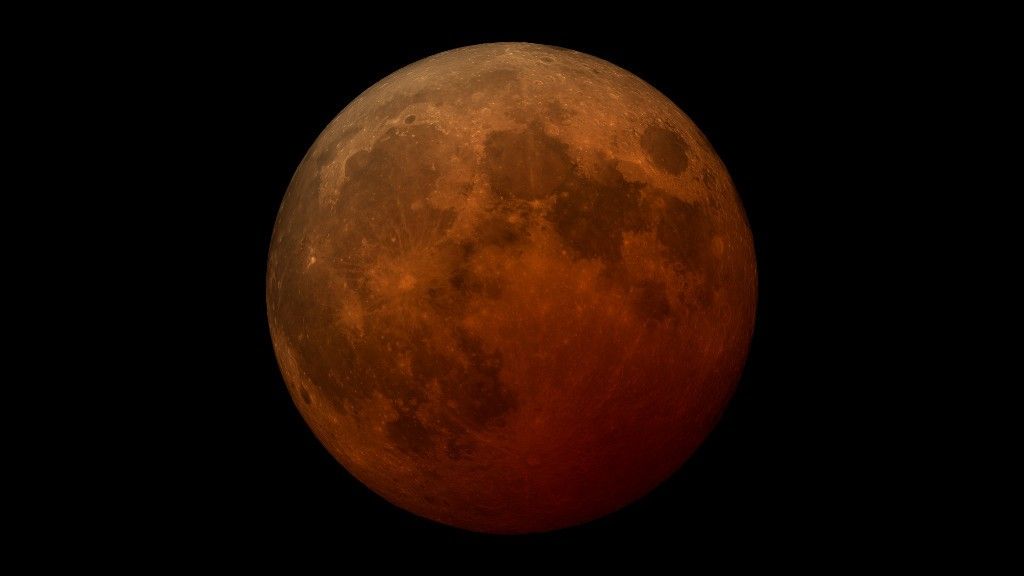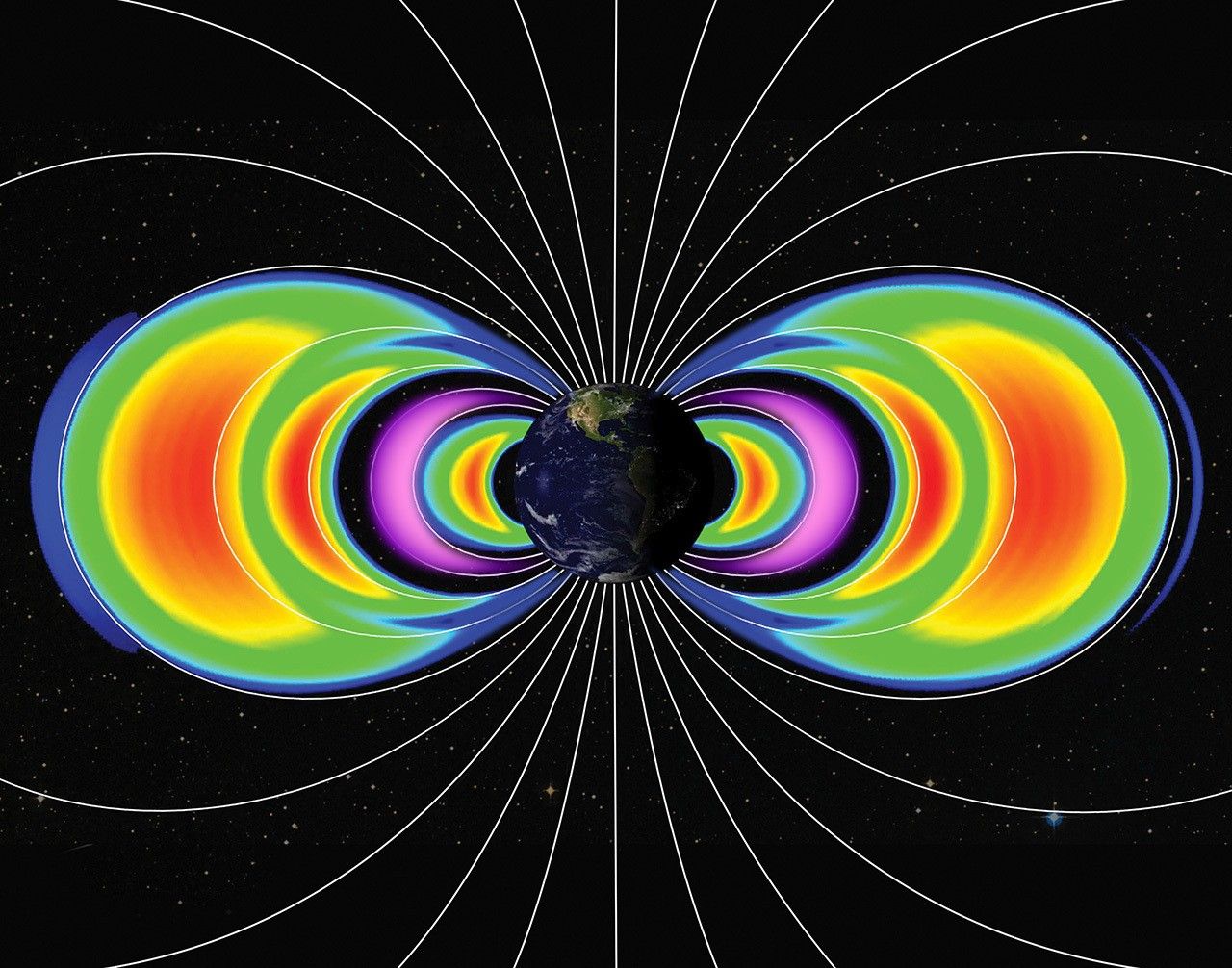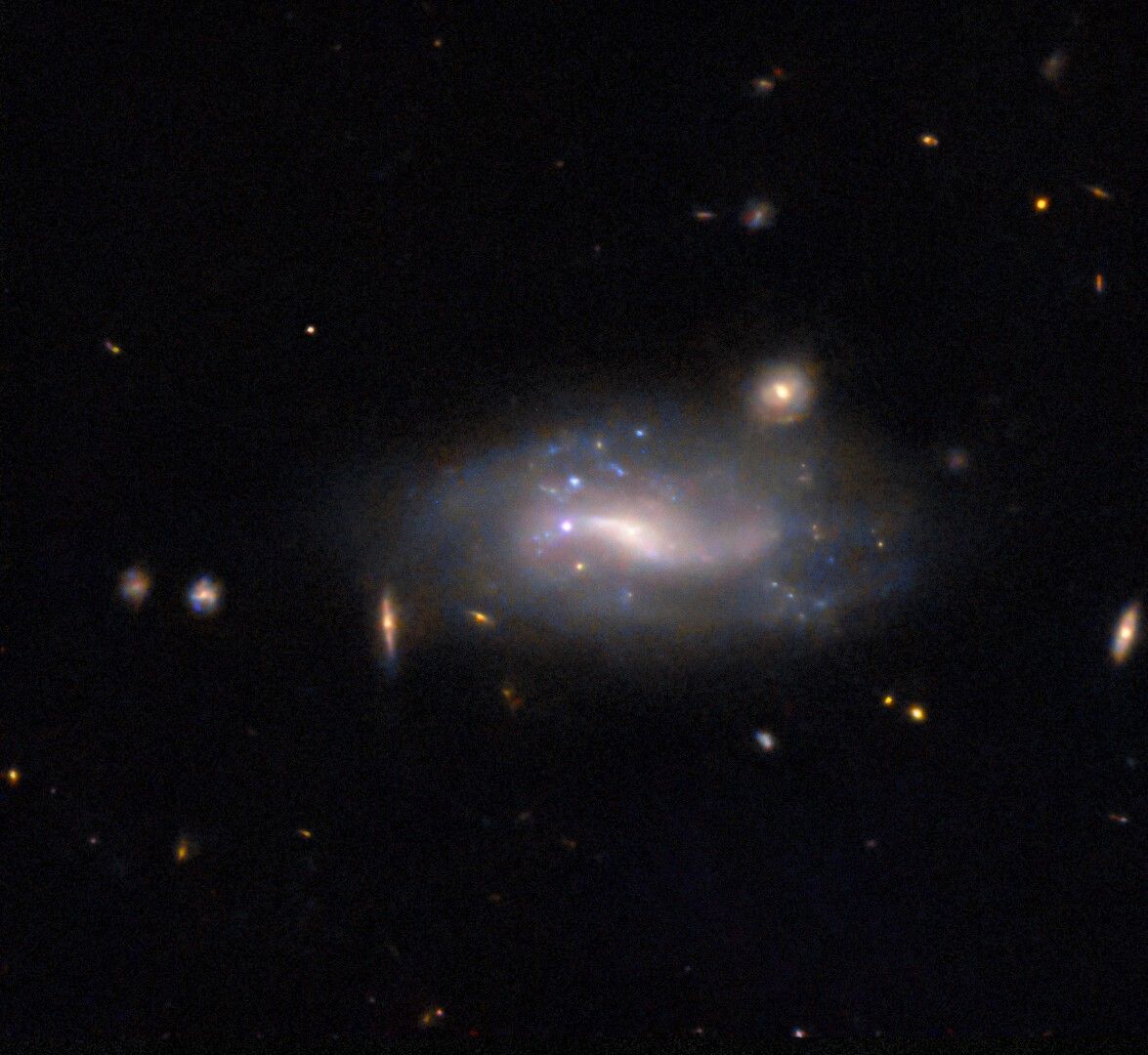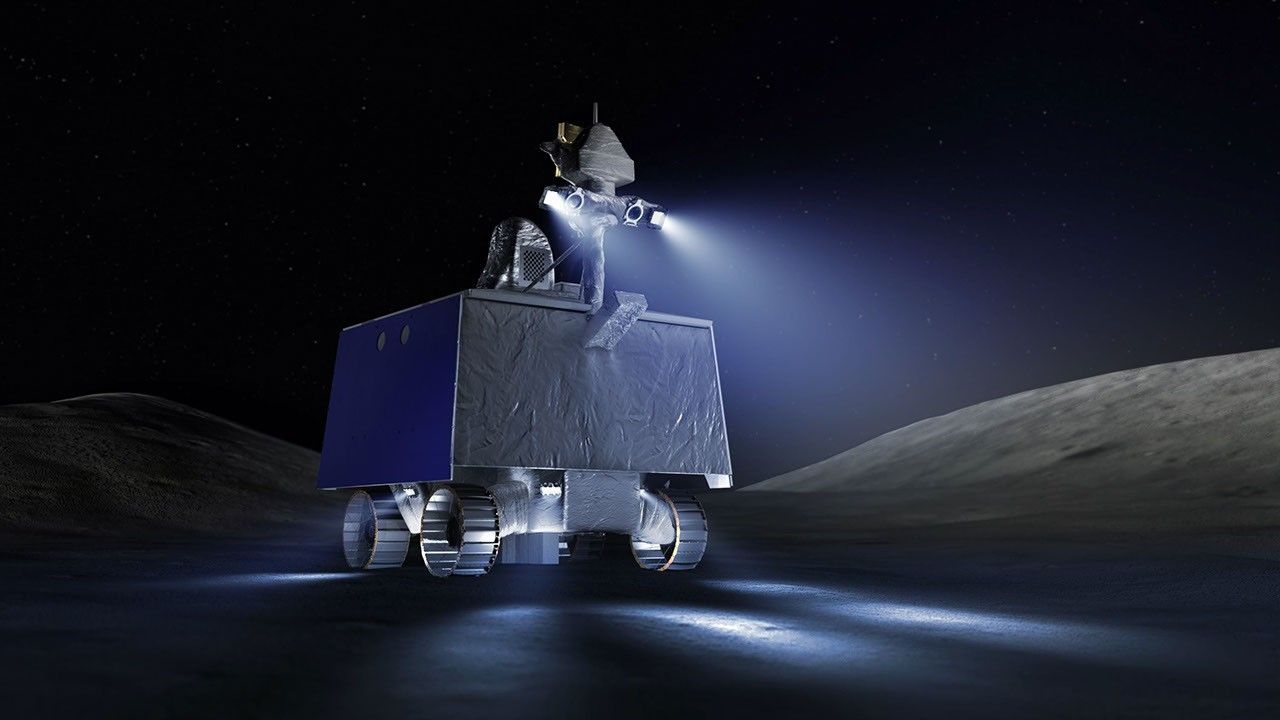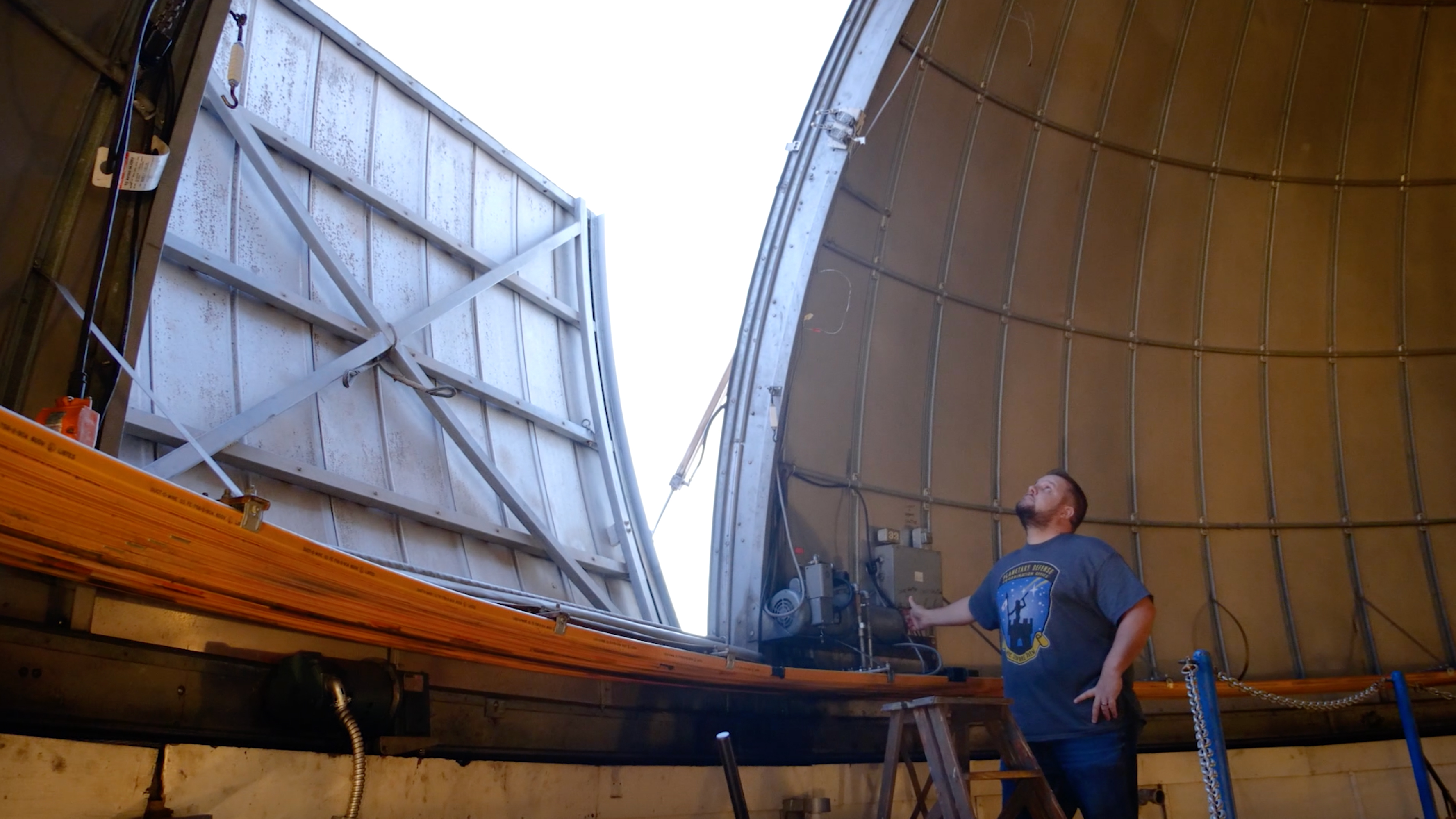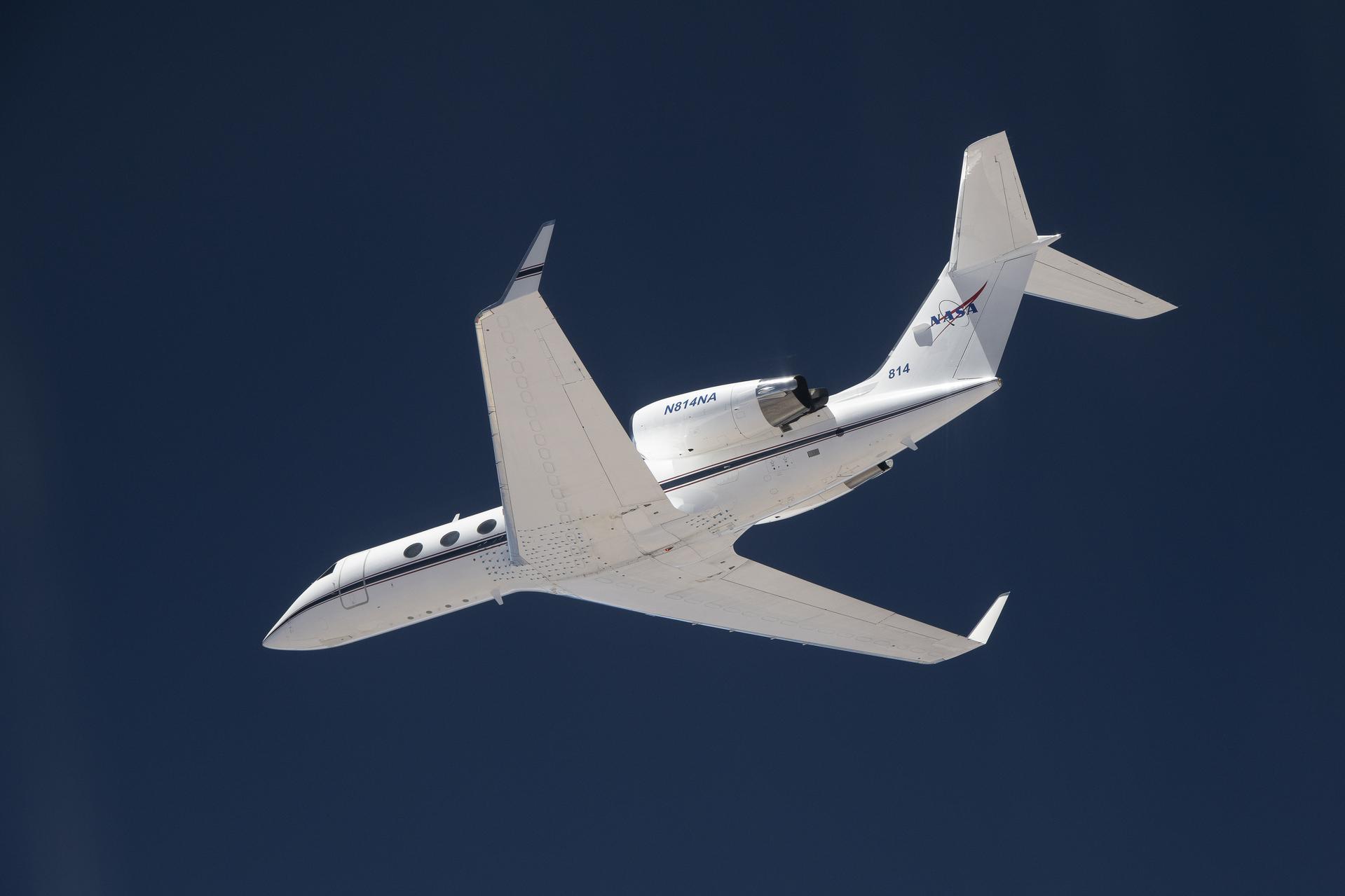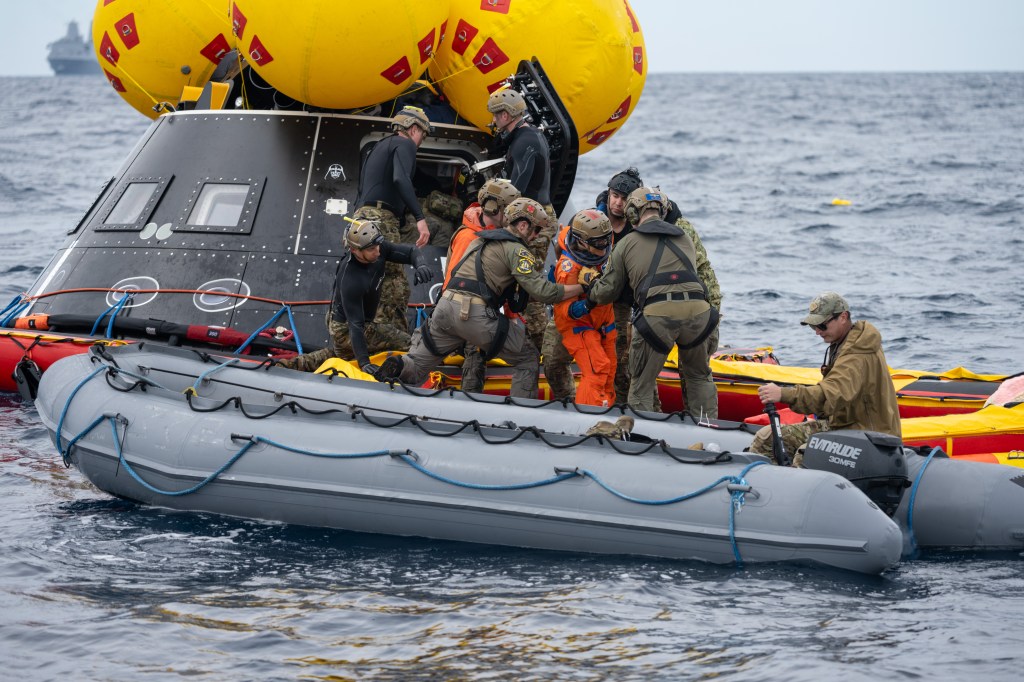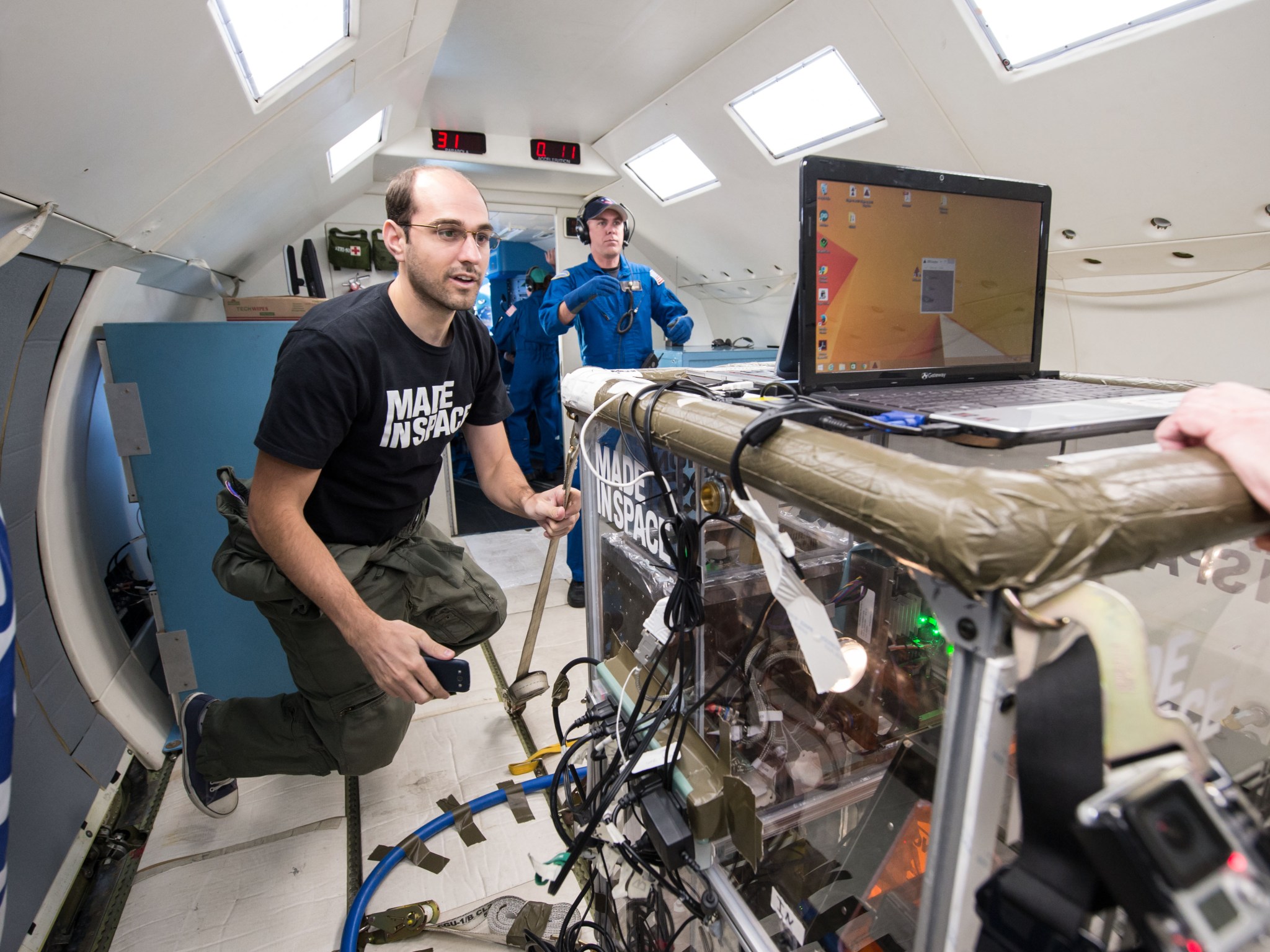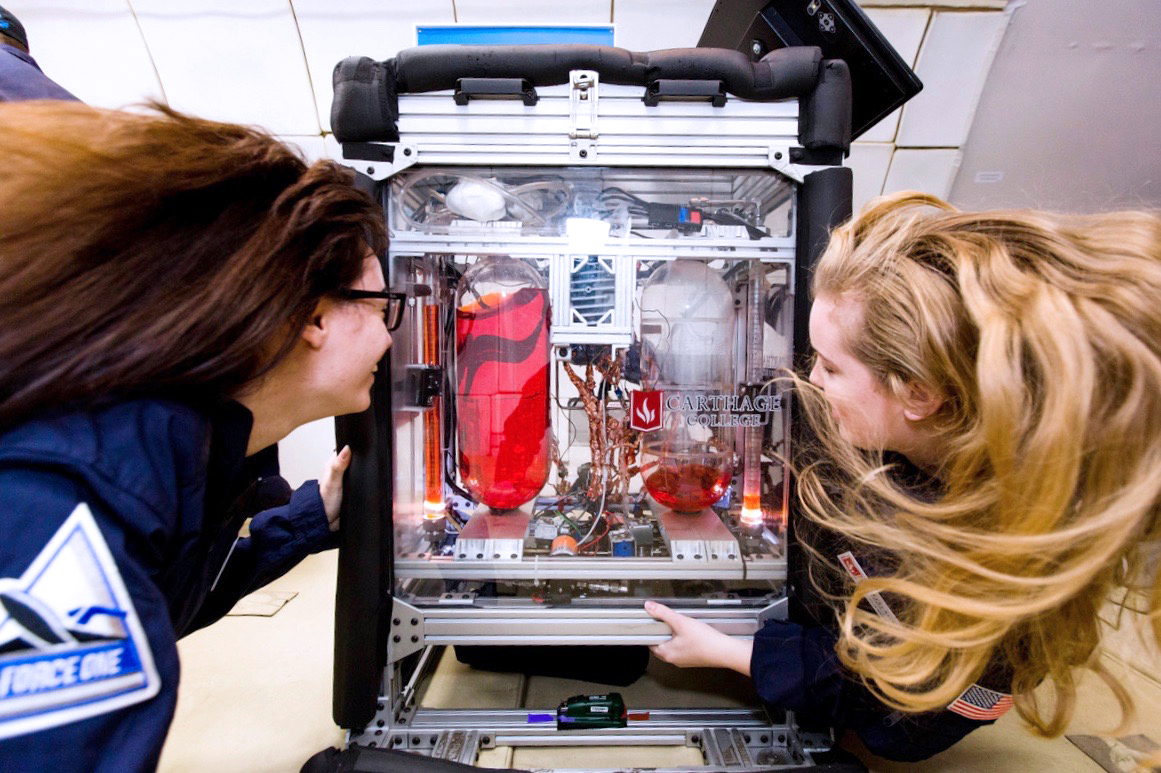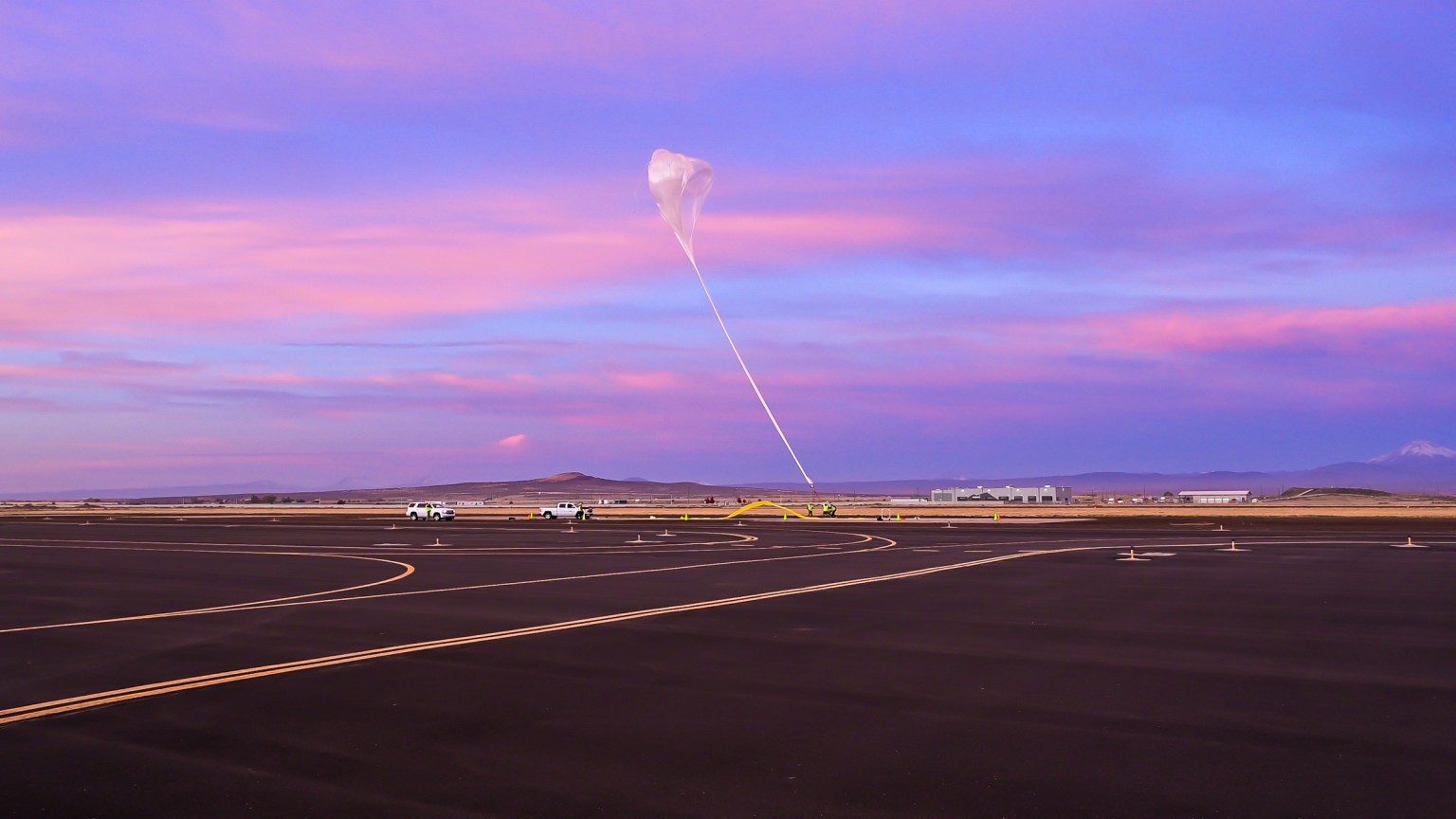NASA’s Flight Opportunities program has selected 13 space technology payloads to flight test on parabolic aircraft, high-altitude balloons or suborbital launch vehicles to demonstrate new technologies. The selections were made through the agency’s Space Technology Mission Directorate (STMD) in Washington.
“These selections represent an opportunity for large and small businesses along with academia to demonstrate technologies of interest to NASA in a space-like environment and build flight heritage,” said Robert Yang, Flight Opportunities program executive in STMD. “Having this heritage can enable these technologies to be more readily included in future NASA projects or commercial ventures.”
Two topics were included in the NASA Research Announcement: Space Technology – Research, Development, Demonstration, and Infusion (REDDI) 2016 solicitation. The first topic, Demonstration of Space Technology Payloads, focuses on space technologies that address needs as described in the Space Technology Roadmaps, National Research Council recommendations, Strategic Space Technology Investment Plan, and STMD focus areas.
The second, Demonstration of Vehicle Capability Enhancements and Onboard Research Facilities for Payload Accommodation, focuses on improving or enabling the use of flight vehicles for science research and technology flight test applications.
The 13 technology payloads include:
Demonstration of Space Technology Payloads
Ground-Based Study of Gravity Effects on Flow Boiling Heat Transfer in Preparation for an ISS Flight Experiment
Jungho Kim, principal investigator
University of Maryland, College Park, Maryland
Static Vapor Feed Electrolyzer for Life Support Oxygen
Meagan Rich, principal investigator
Giner, Inc., Auburndale, Massachusetts.
Microgravity Testing of CSSR Sample Verification System
Risaku Toda, principal investigator
Jet Propulsion Laboratory, Pasadena, California
Microgravity Propellant Gauging Using Modal Analysis: Phase II
Kevin Crosby, principal investigator
Carthage College, Kenosha, Wisconsin
MOJO-Micro: Multi-Orthogonal Jaunting Robot in Microgravity
Neil Gershenfeld, principal investigator
Massachusetts Institute of Technology (MIT), Cambridge, Massachusetts
Development of a Revolutionary Approach for Efficient Microgravity Transfer Line Chilldown
Jacob Chung, principal investigator
University of Florida, Gainesville, Florida
Orbital Technologies Corporation (ORBITEC) Water Capture Device (WCD) Parabolic Flight Test
David Hoerr, principal investigator
Orbital Technologies Corp., Madison, Wisconsin
Honeybee Robotics PlanetVac on Masten Lander
Kris Zacny, principal investigator
Honeybee Robotics, Pasadena, California
Zero-g Condensation Droplets and Flow in Phase-Change Loops
Steven Collicott, principal investigator
Purdue University, West Lafayette, Indiana
Automated Radiation Measurements for Aerospace Safety – High-Altitude (ARMAS-Hi)
Kent Tobiska, principal investigator
Space Environment Technologies, Pacific Palisades, California
Demonstration of Vehicle Capability Enhancements and Onboard Research Facilities for Payload Accommodation
A Novel Approach to Balloon Altitude Control for the Purpose of Stratospheric Balloon Trajectory Control
Iain Beveridge, principal investigator
World View Enterprises, Inc., Tucson, Arizona
A New Spin on Suborbital Microgravity Research: Developing a Centrifuge for Blue Origin’s New Shepard
Mariel Rico, principal investigator
Nanoracks, Webster, Texas
Modification of ISS TangoLab-1 Facility for Use on New Shepard Capsule to Enable Seamless Transfer Between Microgravity Platforms
Twyman Clements, principal investigator
Kentucky Science & Technology Corp., Lexington, Kentucky
The selectees’ experiments are expected to include fluids and heat transfer testing, sample retrieval technology, robotics, oxygen generation technology, radiation measurements and testing new facilities for experiments in the relevant environment provided by the flight vehicles.
“The MOJO robot from MIT comes out of a Center Innovation Fund project at the NASA Ames Research Center that was looking at robotic assembly of large structures in space,” said Christopher Baker, Center Innovation Fund program manager in STMD. “In-space assembly can enable large scale vehicles and habitats for human exploration, and very large telescopes for scientific observation. Some of that can be tested on the ground, but you really need to remove gravity from the equation to see how it will work in orbit.”
NASA’s Flight Opportunities program strives to advance the operational readiness of innovative space technologies while also stimulating the growth of the U.S. commercial spaceflight industry.
The program achieves these self-reinforcing objectives by selecting promising technologies from industry, academia, and government to test on commercial suborbital launch vehicles, reduced gravity aircraft, and high-altitude balloon flights.
Of the 13 firms selected for awards, five companies and academic institutions previously received funding from NASA’s Small Business Innovation Research (SBIR) Program. The SBIR is a highly competitive program that encourages domestic small businesses to engage in federal research, and research and development (R&D) with potential for commercialization.
“As demonstrated by this year’s Flight Opportunity awards, the SBIR program creates a pipeline of exciting technologies and R&D that can continue to be matured to higher technology readiness levels through other NASA programs, such as the Flight Opportunities program,” said Jenn Gustetic, SBIR program executive in STMD.
Awards will be made for payload integration and flight costs, as well as limited payload development costs. Investment in tests that take technologies from the laboratory to a relevant flight environment facilitates technology maturation, validates feasibility and reduces technical risks. These investments enable infusion of key space technologies into multiple future space missions. The next REDDI call for proposals is planned for the second quarter of fiscal year 2017.
The Flight Opportunities program, part of STMD, is managed at NASA’s Armstrong Flight Research Center at Edwards, California. NASA’s Ames Research Center at Moffett Field, California, manages the solicitation and selection of technologies to be tested and demonstrated on commercial flight vehicles.
For more information on NASA’s Flight Opportunities program, visit:
https://www.nasa.gov/directorates/spacetech/flight_opportunities/index.html
Kimberly Williams
Ames Research Center, Moffett Field, California
650-604-2457
kimberly.k.williams@nasa.gov
Leslie Williams
Armstrong Flight Research Center, Edwards, California
661-276-3893
leslie.a.williams@nasa.gov

